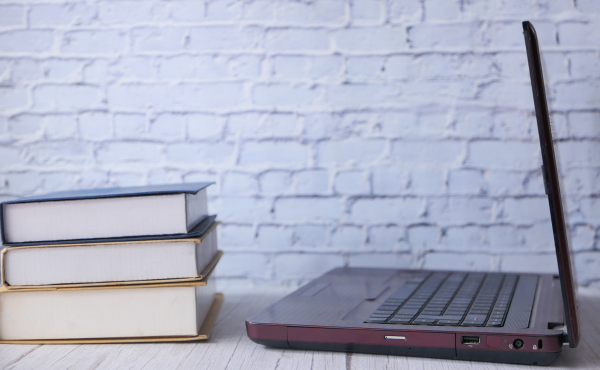
Chromebooks have been a prominent part of many schools due to their ease of use and cost-friendliness, however, there's been a shift to Microsoft Windows devices over Chromebooks in schools lately. What's causing this shift, and why are schools choosing Windows devices over Chromebooks?
Windows Vs. Chrome OS
Most laptops are running Microsoft Windows as their operating system. Apple devices are popular as well, however due to their higher cost they are less common in workplaces and homes than Windows devices. Chromebooks which run Chrome OS were a favorable choice for schools due to their low cost, however, they generally aren’t seen anywhere outside of that environment. So, what are the main differences between these operating systems?
Chrome OS
Chrome OS shines due to its ease of use, simple setup, and security. Chromebooks are great choices for users on a limited budget and utilize the cloud heavily. Chromebooks and Chrome OS tend to fall short on hardware, software compatibility, offline use, and printing. Because Chromebooks heavily rely on the cloud, most are built with little internal storage, meaning that you need to be picky about which files you want to save locally. The CPU, RAM, and GPU (Graphics Processing Unit or Graphics Cards) tend to be lower end in order to keep costs low. Because of this, multimedia editing software tends to be limited on these devices, think Photoshop or Premier, and the only software applications available for these devices reside on the Android or Google Play stores. The RAM on these devices is also limited to usually around 4GB, making it difficult to multitask extensively on them. They also have some issues with printing locally, as older models were designed only to print with Google Cloud Print, which is now retired.
Microsoft Windows
Microsoft Windows has been around for a long time which is why most users use this operating system. The advantages to Windows are that it’s easy to use, almost all computer technology is designed to be used with Windows, and it’s highly adaptable and customizable. The downsides of Windows are that it’s costly, requires higher end resources, is more susceptible to viruses and other malware, and has poor out-of-box security. Although the downsides seem relatively impactful, there are some hidden gems in them as well. For example, requiring more resources to run seems bad, but it also means that your computer itself is capable of more due to having higher end hardware. Another benefit of Windows is that upgrading to newer versions is very simple as the user interface stays relatively the same and Microsoft does a great job of explaining what’s new and how to navigate it.
So Why Are Schools Switching?
Although Chromebooks do seem like an ideal solution for schools due to their lower cost, security, and ease of use, a lot of the downsides are beginning to outweigh the positives. The main concerns are due to the lack of compatibility with software, and the widespread use of Windows in the workforce. If the education system is designed to prepare students for adulthood and work, then the technology and methods they’re using throughout should be uniform with what’s expected to be used in the workplace. Windows, Excel, PowerPoint, and Word are by far the most popular operating systems and programs used in the workplace. Furthermore, for design, video, and other creative occupations, Adobe programs are very widely used. By using Windows in the classroom, students become familiar with the platform and will be able to use it flawlessly in their future careers. Additionally, Windows utilizes Word and Excel by default which will help educate students on these widely used programs. To top it off, there are more and more price competitive solutions available that run Windows, making it an easier decision to go with for schools looking to get new equipment. So, what do we recommend?
Dynabook
Dynabook is a newer solution for laptops in the classroom that’s cost effective, durable, and designed with education in mind. There are more demanding devices for teachers and administrators, and more cost-friendly solutions for students. Dynabook laptops are tested rigorously to ensure they are up to demand for mobility and use in the classroom, and they’re backed by Sharp and Foxconn, world-leading technology companies. Dynabook laptops are a great solution for education, and each one of them runs Microsoft Windows. If you’d like to learn more about how you can introduce Microsoft Windows into the classroom, or if you’d like to learn more about Dynabook laptops, click the link below.